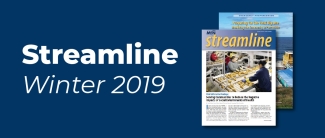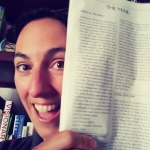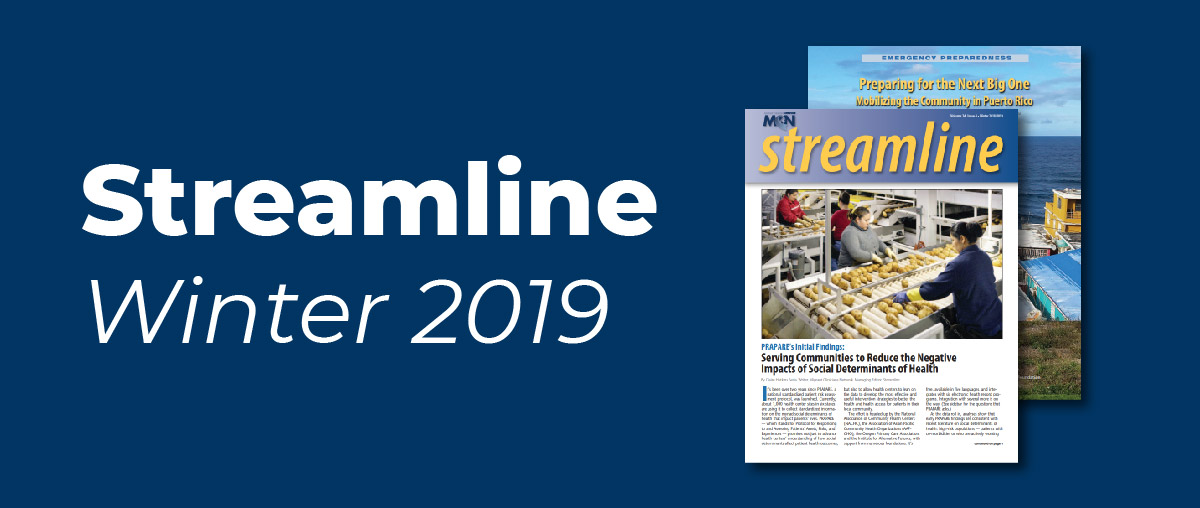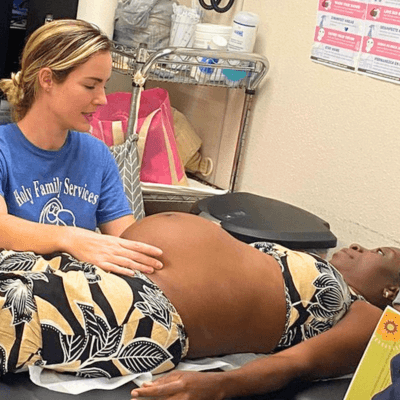Social Determinants of Health, Disaster Preparation, and PRAPARE: Streamline's New Issue
[Editor’s Note: The new issue of Streamline is arriving in mailboxes around the country. This issue features an article about PRAPARE, as is discussed here, in addition to articles on mobile Mexican workers and TB; obesity among agricultural worker children; and community mobilization for disaster preparation in Puerto Rico. Read the entire issue here.]
It’s been two months since the Camp Fire rushed through Paradise, California, leaving 86 people dead and thousands of people homeless. In an opinion piece published in STAT News last week, MCN’s Co-Chief Medical Officer, Ed Zuroweste, MD, said Paradise burned because of a number of “complicated factors, including private and public forest management, a complex urban-wildland interface, and drought combined with a topography, biosphere, and wind patterns primed for fire. But as with Hurricane Maria, Superstorm Sandy, and fires across the West, climate change pushed this disaster to a new, severe, and deadly extreme.”
But is there even more to the picture? Former Paradise residents are still trickling into the Red Cross shelter, after overstaying their welcomes at friends’ houses in nearby Chico (where MCN’s California office is based) or running out of money to pay for hotel rooms out of pocket. The Red Cross, however, plans to close its emergency shelter soon, despite the fact that many of the shelter residents have nowhere to go -- and dozens of these newly homeless, living in RVs and shelters, are chronically ill.
How many of Paradise’s previous residents, who are now struggling to survive, had struggled even before the fire? In 2018, had they been unable to get food or health care even when it was really needed? Had lack of transportation kept them from medical appointments or work? How often did they see or talk to people who they cared about, and felt close to? These are a few of the questions asked in PRAPARE, a national standardized patient risk assessment protocol. Understanding the answers to these questions -- and their relation to health -- could help other communities prepare for disasters and the lengthy recovery afterward by giving health centers the data to map out their vulnerable patients, increase services to reduce those vulnerabilities, and reexamine emergency protocol to take into account those that will likely be unable to adapt to quickly changing emergency situations.
PRAPARE “promises not just to advance health centers’ understanding of how social determinants affect patient health outcomes, but also to allow health centers to lean on the data to develop the most effective and useful intervention strategies to better the health and health access for patients in their local community,” states “Serving Communities to Reduce the Negative Impacts of Social Determinants of Health,” an article in the winter issue of Streamline, MCN’s quarterly in-print publication, which was released this week. The detailed article describes the effort in detail, dives into PRAPARE’s early results, lists the questions that PRAPARE asks, and describes Health Network’s database integration of PRAPARE questions. In a world where climate change makes many communities more vulnerable to severe disasters, understanding the social determinants of health our patients face is more important than ever. Read the entire article, along with the rest of the new issue of Streamline, on our Streamline archives.
Like what you see? Amplify our collective voice with a contribution.
Got some good news to share? Contact us on our social media pages above.
Return to the main blog page or sign up for blog updates here.
- Log in to post comments








